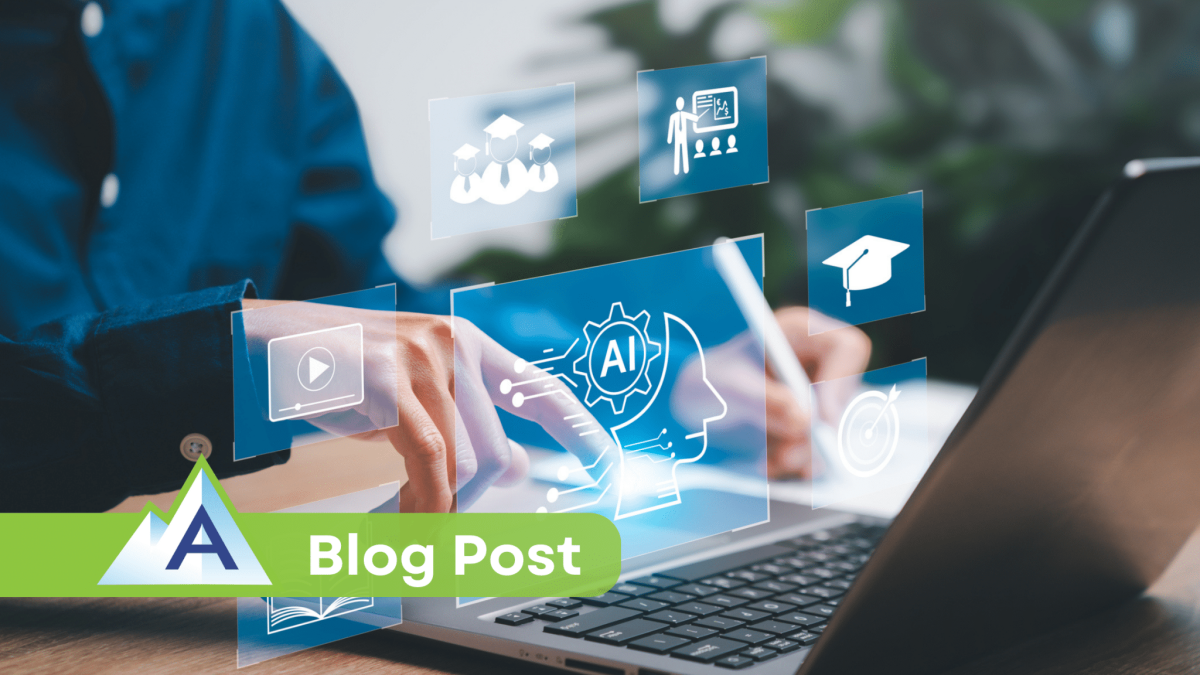EdTech Trends to Watch in 2024: What’s Next for IT Training?
As IT training continues to evolve, 2024 is poised to be a landmark year in educational technology (EdTech). With the rapid growth of digital transformation, IT professionals are expected to stay ahead of new advancements. From artificial intelligence (AI) to niche education platforms and more experiential learning methods, the future of IT training is about personalization, interaction, and adaptability.
Here are the key EdTech trends reshaping IT training in 2024:
The Power of AI in IT Training
AI has been at the forefront of technological innovation for the past few years, and its integration into IT training is one of the most exciting trends in 2024. AI-powered tools can analyze data, personalize learning paths, and provide real-time feedback, ensuring learners receive training tailored to their needs.
AI helps streamline learning by adapting to each student’s strengths and weaknesses. For instance, AI algorithms can detect patterns in a learner’s progress, highlighting areas where additional focus is needed and recommending personalized resources. This dynamic adjustment enhances learning efficiency and helps close skills gaps faster.
AI is also revolutionizing assessments. AI-powered platforms can administer and evaluate tests precisely, ensuring fair, bias-free results. This technology reduces the time instructors spend grading and allows them to focus on more valuable aspects of teaching.
Key benefits of AI in IT training:
- Personalized learning experiences
- Automated assessments and feedback
- AI-powered content recommendation systems
- Enhanced skill gap analysis
Rise of Niche Education Platforms

In 2024, generalist platforms are increasingly supplemented by niche education platforms designed specifically for IT professionals. These platforms cater to specific domains such as cybersecurity, cloud computing, or artificial intelligence, offering deep dives into highly specialized topics.
Unlike traditional education platforms, which often cover a broad spectrum of topics, these niche platforms provide targeted resources, allowing learners to develop expertise in specific areas. With content created by industry experts, learners benefit from up-to-date, practical knowledge directly applicable to their work.
For example, platforms like Ascend Education are known for offering highly specialized IT courses that cater to evolving industry demands. These platforms are more adaptive to market needs and focus on equipping learners with the exact skills employers require, providing IT professionals with a competitive edge.
Why niche platforms are gaining popularity:
Training programs often emphasize real-time simulations that replicate cyber-attacks, allowing IT professionals to practice identifying threats and responding swiftly. This hands-on approach ensures that, in the event of an actual breach, professionals can act quickly and effectively, minimizing harm.
Experiential Learning Takes Center Stage
A major shift in EdTech is the growing focus on experiential learning. As IT professionals need hands-on experience to excel in their roles, more education platforms incorporate real-world simulations, virtual labs, and interactive projects into their courses. The rise of experiential learning transforms the traditional classroom experience, allowing learners to practice skills in a controlled, simulated environment.
Virtual labs are one of the most effective methods of experiential learning. They enable learners to experiment with real-world scenarios without the risk of real-world consequences. These labs allow learners to build, test, and troubleshoot systems and processes, developing their technical skills in a safe space.
Additionally, project-based learning is becoming a staple in IT training. Courses increasingly focus on task completion and problem-solving rather than rote memorization, encouraging learners to apply their theoretical knowledge in practical situations.
Examples of experiential learning
- Virtual labs for cloud computing or network security
- Interactive coding environments
- Real-world IT case studies and capstone projects
- Simulated environments for cybersecurity defense
Gamification and Microlearning
Gamification is not a new concept in EdTech, but its application in IT training is reaching new heights in 2024. Learning platforms integrate game-like elements such as leaderboards, badges, and rewards to engage learners and enhance retention. The competitive aspect of gamification drives motivation, making learning more enjoyable and engaging for IT professionals who thrive in performance-driven environments.
At the same time, microlearning is gaining traction as a way to deliver content in bite-sized modules. IT professionals, who often juggle work and learning, benefit from short, focused lessons that can be completed in minutes rather than hours. This format allows learners to absorb complex topics without overwhelming them with information, making learning more digestible and accessible.
Gamification and microlearning in action
- Gamified quizzes and challenges that foster friendly competition
- Learning badges to track progress and achievements
- Short, focused learning modules that cover key IT concepts
- Instant feedback and rewards for completing tasks
The Move Toward Immersive Learning with XR
Extended reality (XR) technologies, which include augmented reality (AR), virtual reality (VR), and mixed reality (MR), are creating immersive learning experiences that simulate real-world environments. In IT training, XR is particularly useful for network management, cybersecurity, and hardware troubleshooting, where hands-on experience is critical.
In 2024, more IT training platforms integrate XR to provide learners with practical, immersive learning opportunities. For example, VR environments allow learners to interact with virtual networks, troubleshoot issues, and simulate hardware installations without physical infrastructure. This technology is particularly valuable in scenarios where learners may not have access to the necessary equipment for practice.
As XR becomes more affordable and accessible, we can expect a wider range of IT courses to incorporate these technologies, providing more interactive and effective learning experiences.
Key benefits of XR in IT training
- Immersive learning environments for practical skill development
- Safe, risk-free simulation of real-world scenarios
- Increased learner engagement through interactive experiences
- Accessibility to training without the need for physical infrastructure
Adaptive Learning for Personalized Training
Adaptive learning platforms use AI and machine learning algorithms to adjust the learning path based on the learner’s progress, strengths, and areas of improvement. In 2024, adaptive learning is taking a front seat in IT training, offering personalized education experiences that cater to individual learners.
Adaptive platforms assess the learner’s performance in real-time, modifying the content and pace to suit their needs. This not only optimizes learning outcomes but also enhances learner satisfaction by delivering content that’s neither too easy nor too difficult.
This trend is particularly important in IT, where learners come from diverse backgrounds and experience levels. Adaptive learning ensures that beginners and advanced learners can benefit from courses tailored to their level of expertise.
How adaptive learning improves IT training
- Personalized content delivery based on individual progress
- Enhanced learner engagement and satisfaction
- Efficient learning paths that cater to specific needs
- Real-time performance tracking and adjustments
Lifelong Learning and Continuous Upskilling
The rapid pace of technological change in the IT sector has underscored the importance of continuous upskilling. In 2024, lifelong learning will no longer be an option—it will be a necessity. EdTech platforms are responding by offering flexible, on-demand learning solutions that allow professionals to update their skills continuously.
These platforms cater to IT professionals who must stay current with industry trends, offering upskilling courses that fit their schedules. With the option to learn at one’s own pace, professionals can continually refine their skills without interrupting their careers.
Incorporating new certifications and skill sets through ongoing training ensures that professionals remain competitive and relevant in a dynamic industry.
The role of lifelong learning in IT training
- On-demand access to upskilling courses
- Flexible learning paths for busy professionals
- Continuous professional development through certifications
- Keeping pace with evolving industry trends
Conclusion
The landscape of IT training is undergoing a major transformation in 2024, with EdTech trends such as AI, experiential learning, niche platforms, and adaptive learning paving the way for a more interactive, personalized, and immersive learning experience. As IT professionals seek to stay competitive in a fast-paced industry, embracing these trends will be critical to their success. EdTech platforms are rising to the challenge, offering innovative, flexible, and effective training solutions that will shape the future of IT education.





